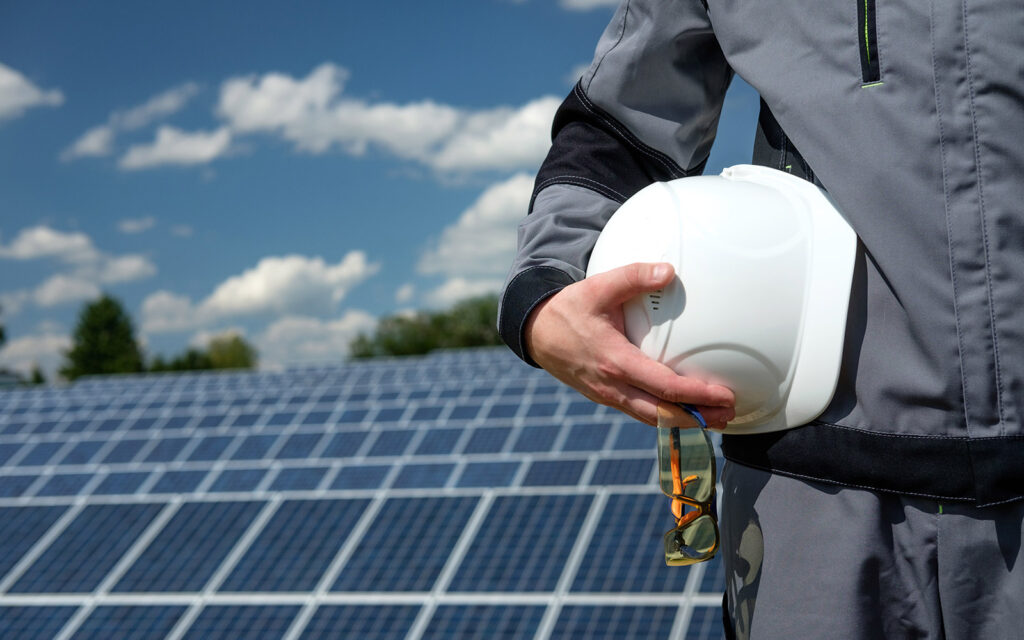System Design Best Practices and Considerations
A photovoltaic (PV) system is an electric system that generates electricity from the sun’s energy. A major component of a PV system is the array, which is commonly the most visible part of a PV system and is composed of the solar panels that convert light from the sun into electrical energy. The amount of energy a solar array generates is highly correlated to how directly the array faces the sun. As the sun moves through the sky, morning to night and season to season, the optimal positioning of a solar array changes. To achieve optimal positioning at all times, an array that moves with the sun (using a tool called a tracker) can be installed, but more commonly solar arrays are mounted in a fixed position, usually on rooftops at the angle that results in getting the maximum benefit of solar power relative to the location of that particular PV system.

There are optimal ranges for fixed mounted systems but site-specific characteristics such as the angle of a roof and shading from trees and other items near the PV system’s location commonly guide the positioning of an array. Shade cast on a PV system throughout a majority of the day is not ideal and should usually be avoided.
Tilt and Azimuth – What are they and why do they matter?
Tilt
When deciding if a solar array is well designed, you should consider the tilt for fixed mounted arrays. Tilt is the angle of an array relative to flat or perfectly level. An array with a zero-degree tilt would lay flat, parallel to the ground, and an array with 90° tilt would stand on end, perpendicular to the ground. Based on an analysis using PV Watts, the ideal tilt for PV systems in Illinois is between 33-37° depending on the latitude of the array. The average tilt for systems in the Illinois Shines program is 22° and the range is between 0-90°.
Azimuth
Another design consideration is azimuth, that refers to the direction which a solar array faces. True south or 180° azimuth is the ideal azimuth for a solar array in Illinois. East has an azimuth of 90°, west 270°, and north 360°. Many well-designed systems do not face true south. In the Illinois Shines program the average azimuth is 174° and the range is between 0-360°.
Additional Factors When Considering a Proposal
Ultimately, the REC estimate will allow you to make an “apples-to-apples” comparison between the production of two PV system proposals.
There are a wide variety of products that make up a PV system. When considering a PV system, you should also consider the warranties on the overall system, the inverter(s), and the PV modules.
Depending on whether you purchase your PV system outright, take out a loan to finance the system, lease the system, or enter into a PPA (Power Purchase Agreement is a contract to purchase just the energy generated by the system), some of the above system design considerations may be more or less relevant to your particular situation. In all situations, however, it’s important to evaluate the payback period for your solar PV system, weighing any upfront or ongoing costs relative to the projected savings from reduced utility bills.

